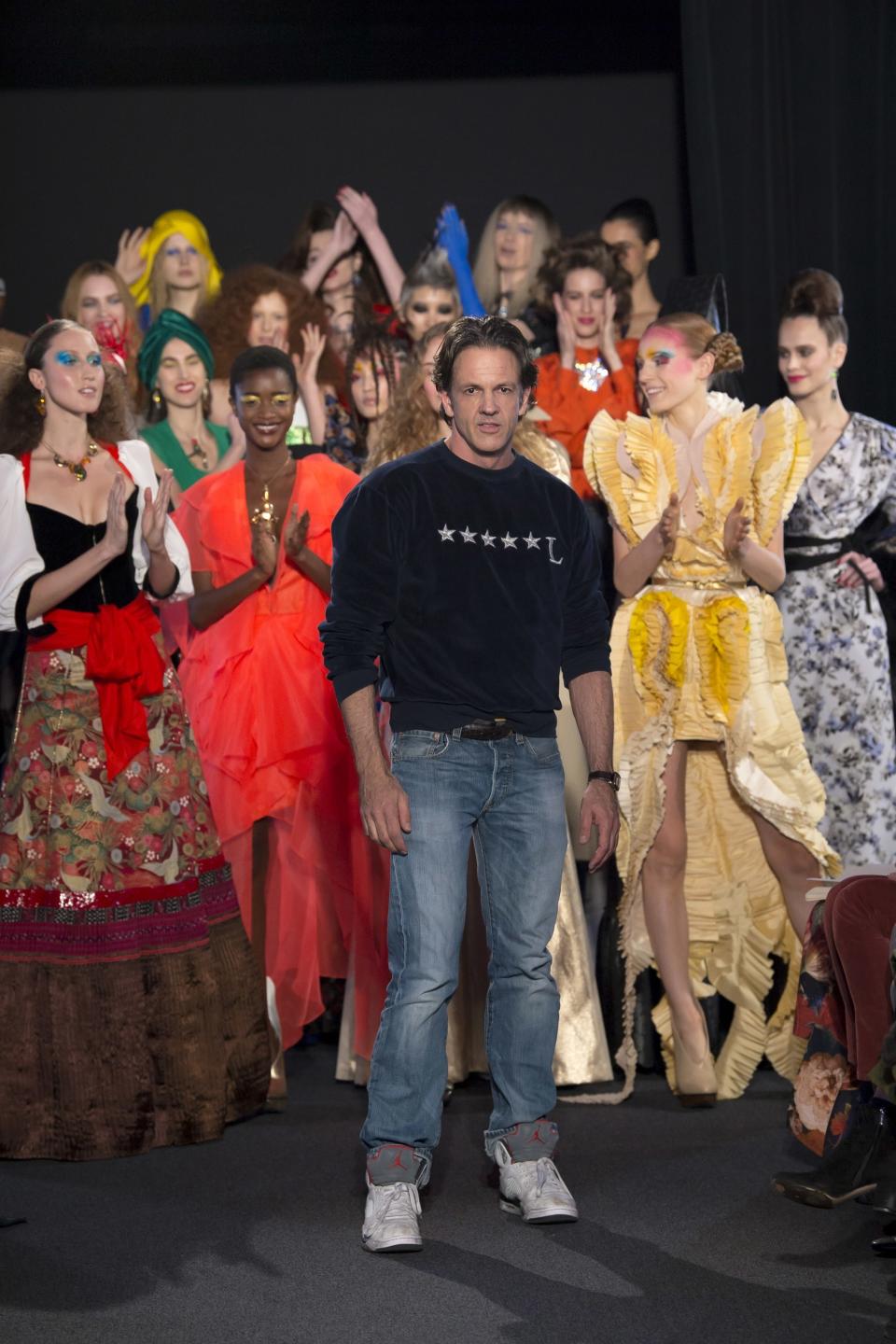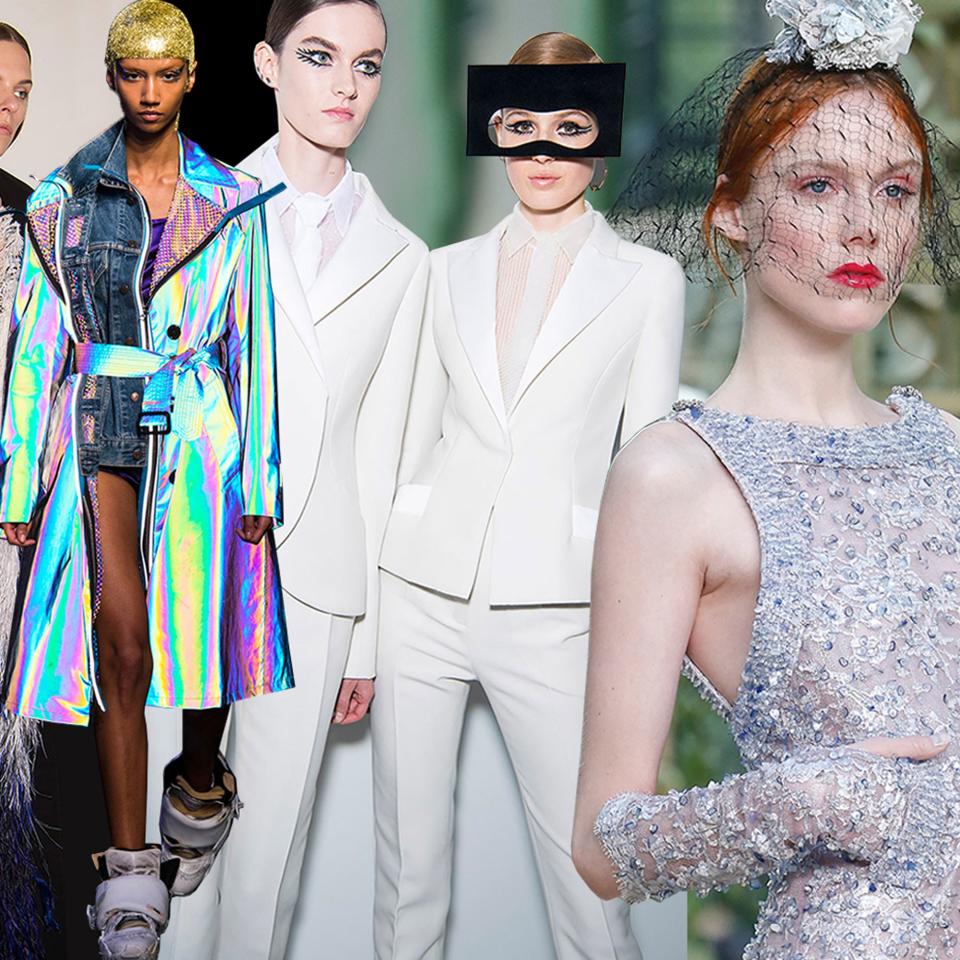In Praise of Haute Couture, a Made-by-Hand Antidote to Much of What’s Ailing Fashion in 2018
If there’s one thing that leads us in hopes to haute couture, it’s surely the longing to find something to look up to. Fashion needs leadership in these chaotic times, and couture is its high ground. Put aside, for a minute, that only a minute number of women can afford it. For all of us, we need ideas which will surprise and make us wonder, and things which will navigate the wide possibilities that should exist between preserving tradition and presenting a way to engage with today.
Tall orders, but this season, there were moments when they came true. For me, four shows met those longings, set new agendas, and just made me think. Valentino, Givenchy, Maison Margiela, and Ronald Van der Kemp topped the leader board. Not to misunderstand: It was a pleasure to watch the sparkling prettiness on parade at Chanel, to learn about the surrealist influence of the artist Leonor Fini at Dior, and to see Giambattisa Valli go for it with his tulle-tastic finale.
But for long-tail fashion game-changing experiences, the ones to study are Pierpaolo Piccioli, Clare Waight Keller, John Galliano, and van der Kemp. One of the express points of couture is that it makes us dwell upon the value of how clothes are made—a fraught issue in this age of fast-fashion, waste, and the treatment of workers. Making things by hand is laborious. The culture of producing beautiful things, and the people who make them, should be respected. This week, all of these designers consciously made that link in their own ways, syncing the values of timeless luxury, current relevance, and the work of human hands.
In on a tour at the old school that is the headquarters of Maison Margiela, Galliano demonstrated how the makings of his high tech experiments with reflective materials can only be realized by the skilled people who cut and sew in his atelier. “I find this very moving,” he said. Piccioli’s breakthrough collection at Valentino manifested all the grandeur of haute couture tradition, yet grounded it in the honoring of his staff. He named every outfit after the person who had made it. On his wall of inspirations he’d pinned notes from his atelier workers. One of them wrote; “I leave home for work at 5am and I return tired at 7pm. I am happy, every day, with what I have done.”

Van der Kemp, too, spoke to my colleague Mark Holgate about the importance of the embroidery skills embedded in his collection. He had reached out to the Dutch volunteer organization Refugee Aid, and given this work—and the possibility of income and self-realization—to Syrian and African women and men who have fled to the Netherlands, where he lives.
Clare Waight Keller, in her first haute couture collection at Givenchy, talked about the sense of astonishment and creative liberation she discovered in having the extraordinary skills of the Givenchy ateliers at her disposal for the first time in her career. Having the ability to carve fabric to precision-fit a shoulder and produce shimmering embroideries to evoke the play of moonlight on dresses elevated her talent to a pitch she’s never yet been able to articulate.
Her collection, like Piccioli’s, succeeded in pointing a way towards how a modern woman might put herself together in dignified, graceful high style; a wardrobe to frame personality, beyond trend, to keep forever. It chimed with something Maria Grazia Chiuri had said to me at a lengthy fitting at Dior last weekend. As a pristine white faille trouser suit was tweaked by the team of tailors before us, she laughed, “oh, this is the good thing about couture. It takes time. It can’t be rushed. It’s a good time to be able to think.”
As an antidote to the fast, furious, and unthinking trajectory of the fashion industry, it turned out this week that the oldest practices in the book were suddenly opening up all kinds of possibilities for better ways of thinking.


